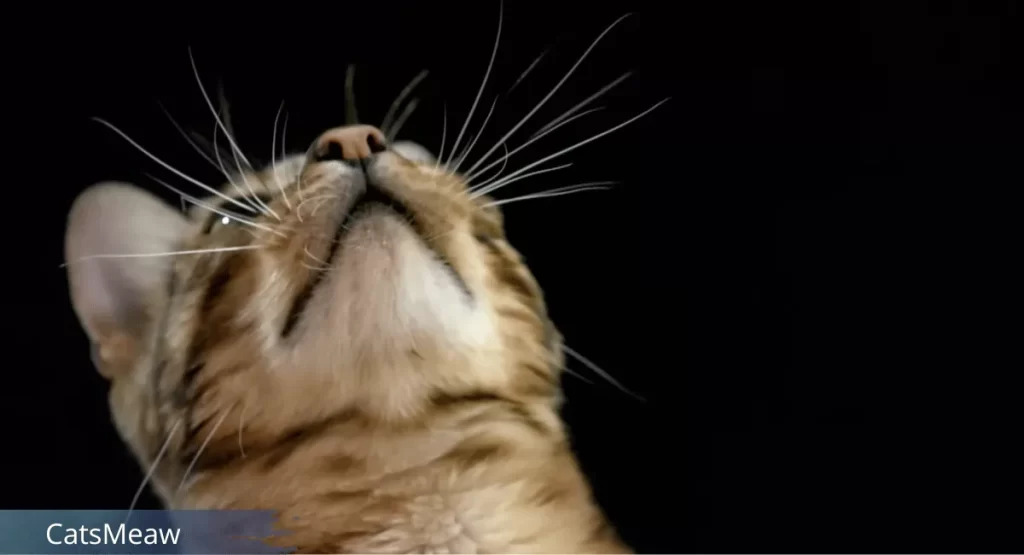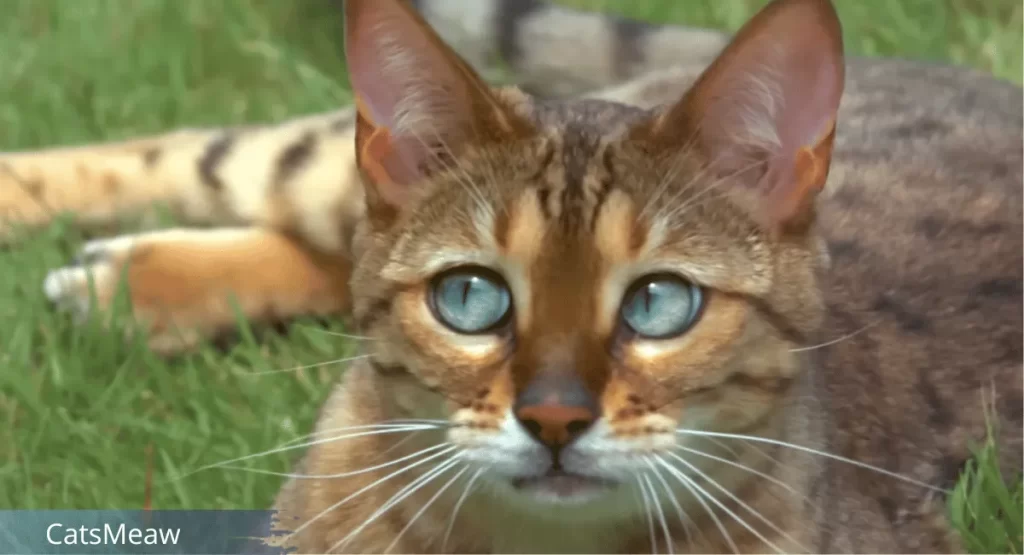Ever wondered why cats need whiskers and what makes these tiny hairs so crucial to their survival? Whiskers are more than just adorable accessories on a cat’s face; they are sophisticated sensory tools that play a pivotal role in a cat’s life. From helping them navigate through tight spaces to detecting the faintest changes in their environment, whiskers are a cat’s built-in radar system.

These specialized hairs contribute to a cat’s balance, communication, and even hunting skills. In this article, we’ll dive into the fascinating world of feline whiskers and uncover just how essential they are to your cat’s well-being.
Table of Contents
What Are Whiskers?
Whiskers, scientifically known as vibrissae, are much more than just fancy facial hair. Unlike regular hair, whiskers are coarser, thicker, and rooted three times deeper into a cat’s skin. These specialized hairs don’t cover the entire body but are strategically placed to serve as sensory powerhouses.
The Strategic Placement of Cat’s Whiskers
Whiskers are not randomly scattered but are meticulously positioned above the eyes, on the chin, near the ears, on the forelegs, and above the upper lip. Most cats boast 12 whiskers arranged in four neat rows on each cheek, though this can vary slightly depending on the breed.
Whiskers as Sensory Tools
Imagine navigating the world blindfolded, relying solely on your fingertips. That’s pretty much how a cat uses its whiskers. These “tactile hairs” are designed to detect even the faintest movements in the environment, guiding cats through their daily adventures with precision.
The Sensitivity of Whiskers
Whiskers are ultra-sensitive because they originate from follicles brimming with blood vessels and nerves, making them as perceptive as human fingertips. When a whisker touches an object or senses a change in air currents, it vibrates and sends signals to the brain, allowing the cat to “feel” its surroundings.
Whiskers as Navigational Aids
Cats might be known for their keen eyesight, but their whiskers are just as crucial for survival. By detecting subtle shifts in air currents, whiskers help cats “see” nearby objects, especially those right under their noses. This ability is particularly useful in low-light conditions, aiding both domestic and wild cats in hunting and avoiding obstacles.
Our pick: The Best Cat Food for Indoor Cats
Whiskers and Body Balance
Ever wondered how cats always land on their feet? Thank their whiskers! At the base of each whisker lies a proprioceptor, a sensory organ that keeps the brain informed about the position of the cat’s body and limbs. This real-time data helps cats maintain balance, making them the acrobats of the animal kingdom.
Whiskers as Radar Sensors
While cats excel at spotting distant objects, their close-up vision leaves much to be desired. Cat’s whiskers step in to fill this gap, acting like radar detectors that sense objects in the immediate vicinity. Whether locating food in the dark or sneaking up on prey, whiskers ensure cats can move with confidence and precision.

Whiskers in Communication
Whiskers do more than just gather information—they also express a cat’s emotions. Happy or curious cats raise their whiskers above their eyes, giving them that wide-eyed, endearing look. On the flip side, a cat feeling threatened will pull its whiskers taut, ready to face whatever comes its way.
Whiskers as Protectors
Cat’s whiskers act as the first line of defense for a cat’s face. These sensitive hairs detect even the tiniest particles, like dust or debris, prompting a cat to blink or shake its head to avoid injury. Outdoors, whiskers help cats steer clear of thorny bushes and narrow gaps that could cause harm.
Whiskers and Spatial Awareness
A cat’s whiskers are essential tools for assessing tight spaces. Before attempting to squeeze through a narrow opening, a cat will use its whiskers to determine if it can fit without getting stuck. This built-in measuring tape prevents many a mishap in both wild and domestic settings.
Related: Benefits Of Adopting A Senior Cat
The Neurological Importance of Whiskers
Whiskers aren’t just physically connected to a cat’s body—they’re wired directly to the brain. Almost 40% of a cat’s sensory processing area is devoted to touch sensors, with whiskers occupying prime real estate in this region. Damage to whiskers can confuse a cat’s spatial awareness, leading to disorientation.
Protecting Your Cat’s Whiskers
Given their importance, it’s crucial to treat a cat’s whiskers with care. Avoid touching or pulling them, as this can cause pain and stress. When choosing feeding dishes, opt for ones with a flat design to prevent whiskers from repeatedly brushing against the sides, which can lead to sensory overload.
Myths and Misconceptions About Whiskers
There’s a lot of folklore surrounding cat whiskers. Some believe that cutting whiskers will improve a cat’s appearance, while others think that whiskers will grow back like regular hair. The truth? Trimming whiskers can seriously impair a cat’s ability to navigate and should never be done.
Conclusion
In the grand scheme of things, whiskers might seem like a small part of a cat’s anatomy, but their role is anything but minor. From sensing the environment to communicating emotions and maintaining balance, whiskers are the unsung heroes of a cat’s daily life. So next time you see your feline friend, give those whiskers the respect they deserve!
FAQs
Why are cat’s whiskers so important?
Cat’s whiskers are essential for navigation, balance, and sensory perception, helping cats interact safely and efficiently with their environment.
Can cats feel pain in their whiskers?
Yes, whiskers are highly sensitive, and pulling or cutting them can cause pain and disorientation for a cat.
Do all cats have the same number of whiskers?
While most cats have around 24 whiskers on their face (12 on each side), the exact number can vary slightly between individuals and breeds.
What happens if a cat loses its whiskers?
If a cat loses its whiskers, it may become disoriented and have difficulty judging distances and navigating its environment until they grow back.
How can I protect my cat’s whiskers?
Avoid touching or pulling whiskers, and choose flat, wide feeding dishes to prevent unnecessary contact that can cause stress or discomfort.
